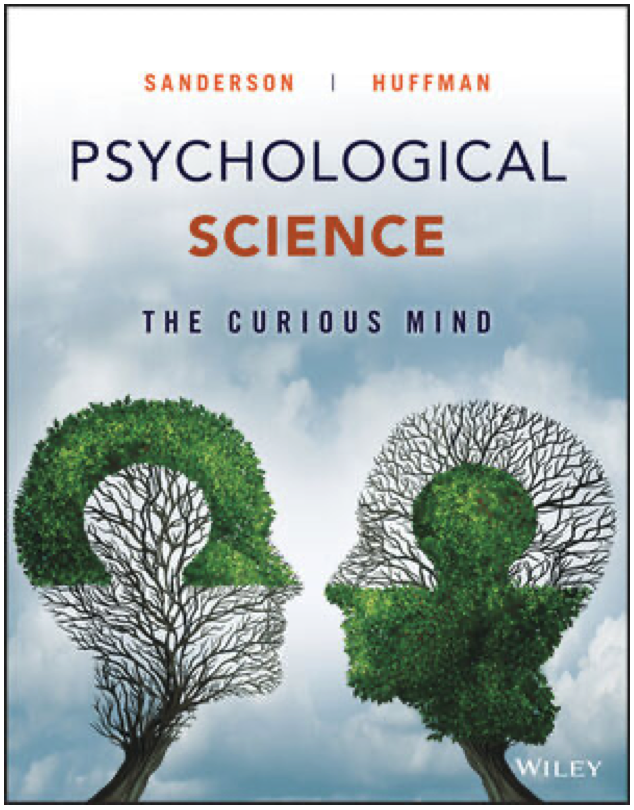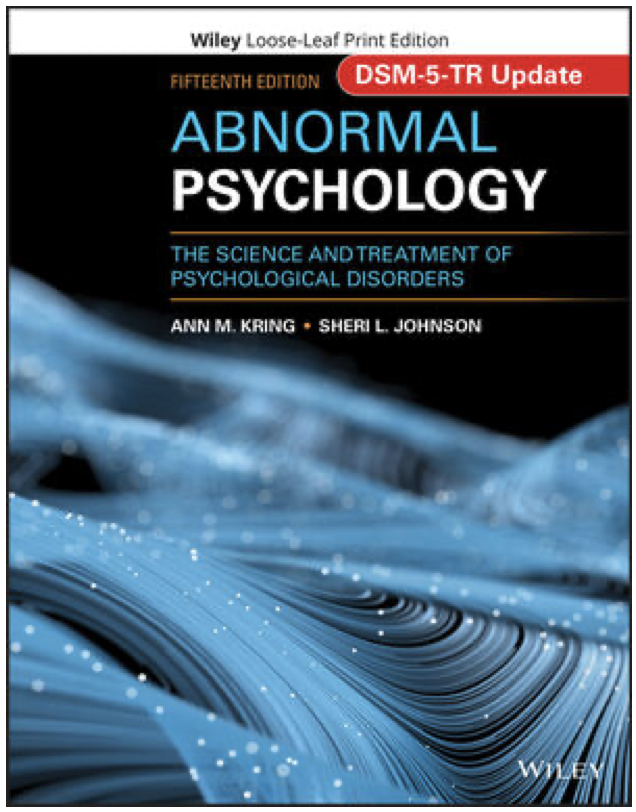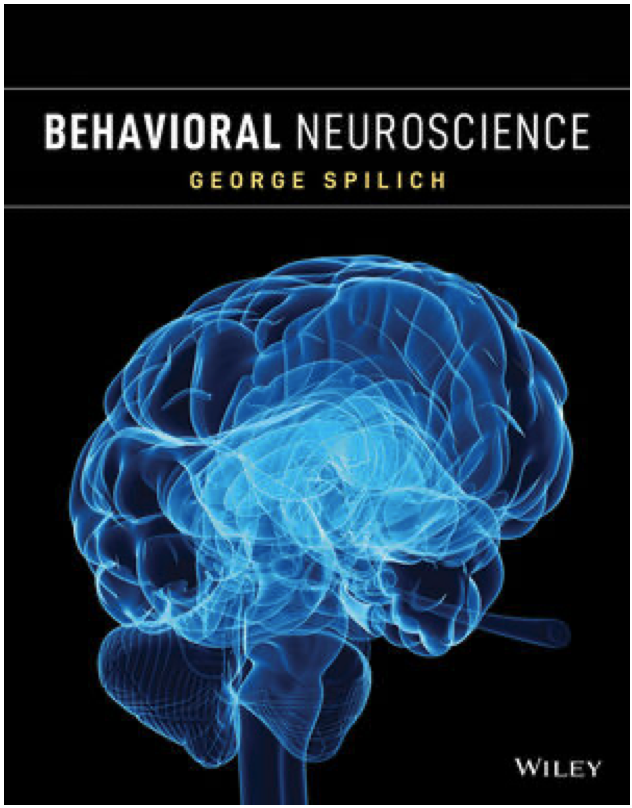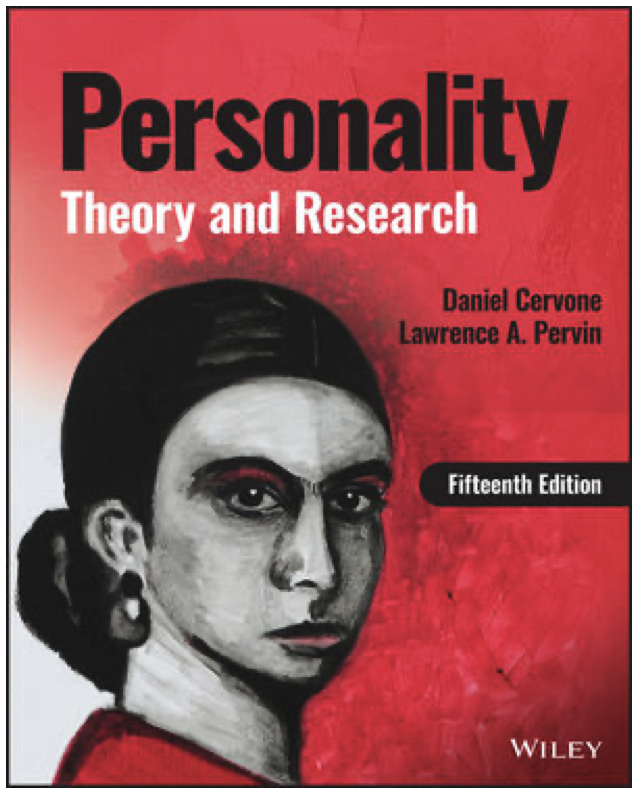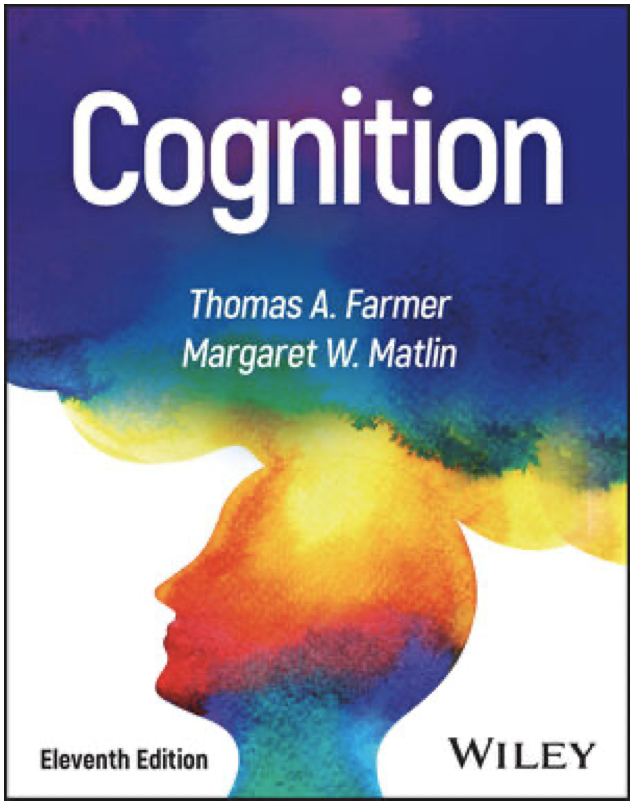3 RELATED ARTICLES ON THE INFLUENCE OF SOCIAL MEDIA ON ADOLESCENT PSYCHOLOGICAL DISORDERS: TikTok & Tics
===================================
ARTICLE #1
TITLE
Tics and TikTok: Can social media trigger illness?
DESCRIPTION
Throughout history and especially during the pandemic, groups have been shown to experience a kind of mass hysteria for lack of a better expression up until now. This is a fabulous article that is well worth reading as a resource for the understanding of “sociogenic illness.” “What is sociogenic illness? The hallmark of these conditions is that multiple people within a social group develop similar, medically inexplicable, and often bizarre symptoms. In some cases, those affected believe they have been exposed to something dangerous, such as a toxin or contagion, although thorough investigation finds none. The suffering caused by these illnesses is quite real and profound — even in the absence of a clear cause and presence of normal test results. And no, a person with sociogenic illness is not “just looking for attention” or “doing it on purpose.”
There are a number of articles (two mentioned below) pointing to how adolescent women are showing signs of Tourette Syndrome after watching various social media posts especially on TikTok.
This Harvard Health letter article details some history of “mass hysteria” over the years up to the present. It provides details of what comprises a “sociogenic illness”, causes, and possible treatments. It really is a valuable resource for students interested in the topic.
SOURCE
Harvard Health & Publishing, January 18, 2022, by Robert H. Shmerling, MD
LINK TO RESOURCE
https://www.health.harvard.edu/blog/tics-and-tiktok-can-social-media-trigger-illness-202201182670
(Tiny URL) https://tinyurl.com/33zfm26a
===============================
ARTICLE #2
TITLE
Is TikTok Causing Tics in Teen Girls? What Parents Need to Know
A pediatric neurologist explains the troubling rise in teens with tics
DESCRIPTION
This is an outstanding article that explains Tourette Syndrome and the difference between sociogenic induced tics and similar behaviors.
“TikTok tics: what teens are doing Globally, doctors were seeing that teens with sudden-onset tics shouted the exact same phrases and experienced the same uncontrolled movements:
- Repetition of seemingly random words or phrases, including “beans,” “woo-hoo” and “flying shark.”
- Repetition of swear words and other obscene phrases.
- Hand/arm movements, including clapping and pointing.
- Hitting or banging body parts, other people or objects.
The similarities in tics — especially given patients’ geographic distance — gave doctors their first clue that social media was at the root of the phenomenon. That’s because true Tourette syndrome tics are unique to each person, not so overwhelmingly alike.” The article written by a pediatric neurologist, Dr. Mohammed Aldosari, MD, is authoritative and can be a resource for further understanding of the phenomenon. Suggestions for treatment and therapy are provided and worth understanding in terms of how to work with individuals experiencing these issues.
SOURCE
Cleveland Clinic, Health Essentials, November 10, 2021
LINK TO RESOURCE
https://health.clevelandclinic.org/tiktok-causing-tics-in-teen-girls/
(Tiny URL) https://tinyurl.com/kt87jpf5
===============================
ARTICLE #3
TITLE
TikTok Tics: A Pandemic Within a Pandemic
DESCRIPTION
This is a long abstract of a journal article regarding “TikTok Tics.” It is provided for students to view professional writing on the topic. The abstract is sufficient enough to understand how journal articles are written. The entire article is available for a fee but should not be necessary — the abstract is sufficient. From the abstract: “TikTok tics are distinct from what is typically seen in patients with Tourette syndrome, although share many characteristics with functional tics. We believe this to be an example of mass sociogenic illness, which involves behaviors, emotions, or conditions spreading spontaneously through a group. A modern clinician needs to remain abreast of social media sources as knowledge of media content is essential in managing patients in the current environment.”
SOURCE
International Parkinson and Movement Disorder Society, July 28, 2021, by Caroline Olvera MD, Glenn T. Stebbins PhD, Cristopher G Goetz MD, Katie Kompoliti MD
LINK TO RESOURCE
https://movementdisorders.onlinelibrary.wiley.com/doi/10.1002/mdc3.13316
(https://doi.org/10.1002/mdc3.13316)
(Tiny URL) https://tinyurl.com/56m96cr9
===============================
CLASS DISCUSSION QUESTIONS:
•First: what is Tourette Disorder? What are the symptoms?
•What do the various articles mean by stating that TikTok Tics are a “sociogenic illness”?
•Can you specify how TikTok Tics are different from those found in Tourette Disorder?
•In the history of Psychology, have their been other events that can be viewed as “mass hysteria”?
•If you were working with an adolescent woman experiencing this issue (TicTok Tics), what would you recommend as therapy?



